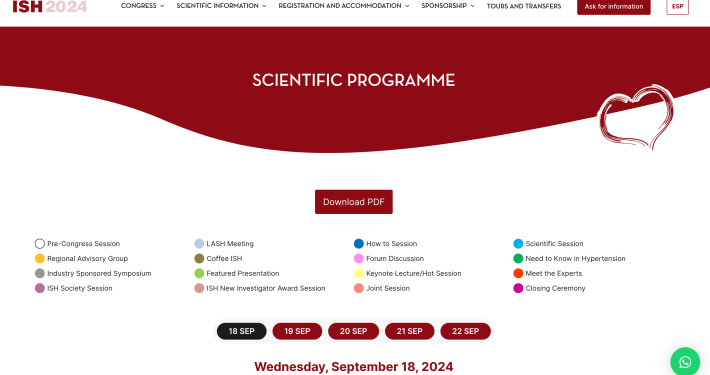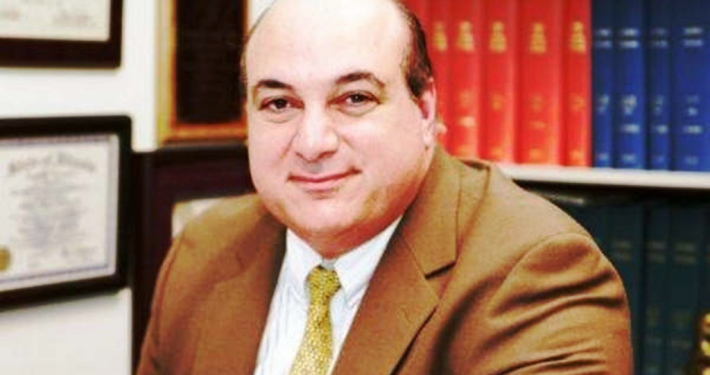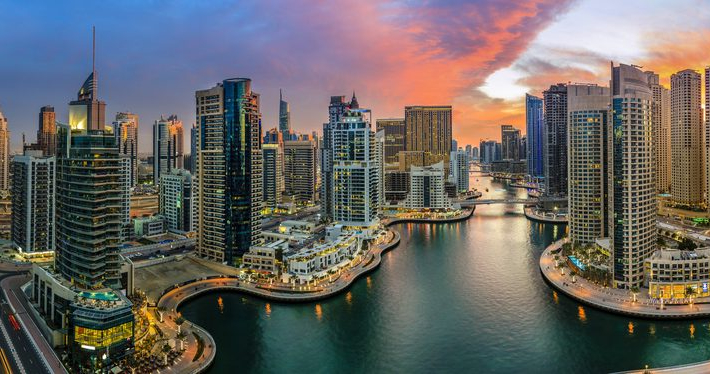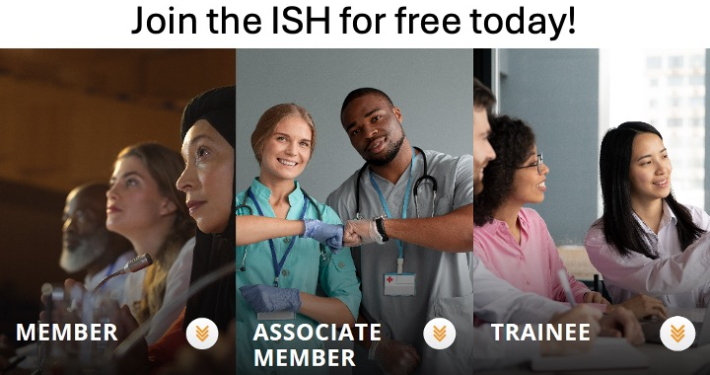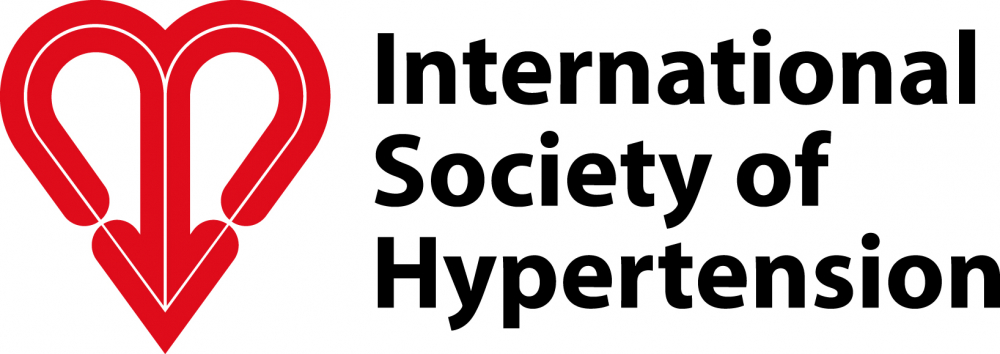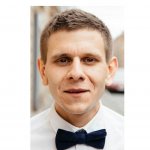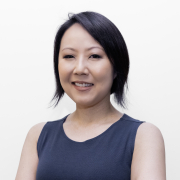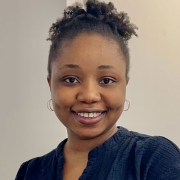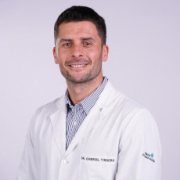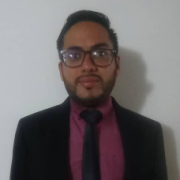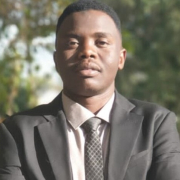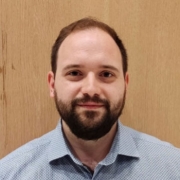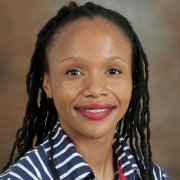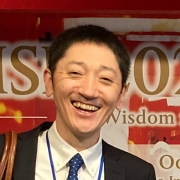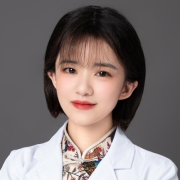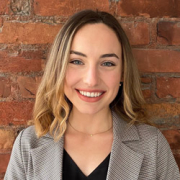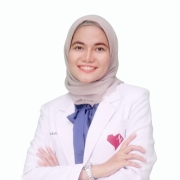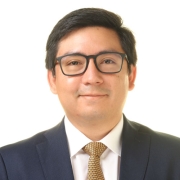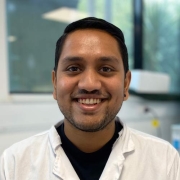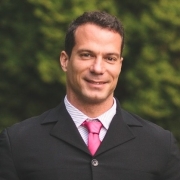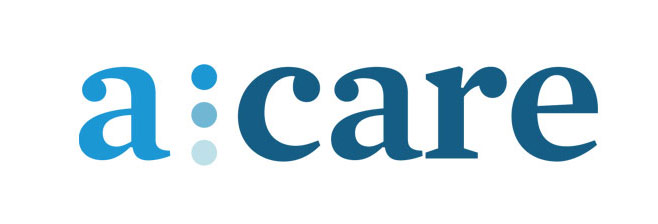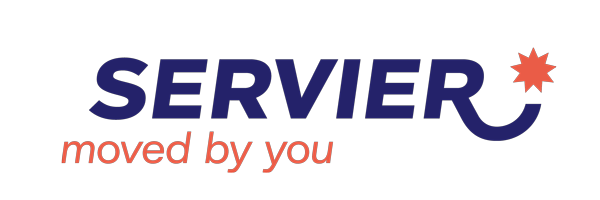How did you become interested in research relating to Hypertension?
It was actually kind of funny. I came to abovementioned Research Centre as a student, interested and looking for a home to perform scientific work. My first supervisor sat in front of me and asked what area of cardiology do I want to stick with: the “plumbing” or “electrical”? I remember saying “plumbing”, which meant I would be involved in researching hypertension and associated diseases. So, that’s how I entered the “game”.
Describe your research & the program/lab (info of your supervisor) that you are in?
My research focuses on value-based management approaches for patients with uncontrolled hypertension using telemedicine interventions. In particular, this means that my work must be focused on four things at the same time – clinical cardiology, new emerging technologies, patient-centered care (patient-reported outcomes and psychology) and economics. This diversity of areas provides a broader view for helping people with chronic disorders. However, this also necessitates my continued reading and needing to be constantly be up-to-date with multiple sources of medical news and information. I started my work in the hypertension department (laboratory) in 2015 and I would not trade this experience for anything – this was the right choice for me. My supervisor, Alexandra Conradi, MD, PhD, DSc is an outstanding and legendary figure in hypertension-related research in Russia. She always tries to be one step ahead of others in finding creative solutions for scientific issues and using innovative methods in her work.
What do you consider to be your substantial scientific contribution so far (provide Pubmed PMID if possible)?
The most important contribution of mine to date is this paper on telemedicine intervention in patients with uncontrolled essential hypertension.
Ionov M.V., Yudina Y.S., Avdonina N.G., Emelyanov I.V., Kurapeev D.I., Zvartau N.E., Konradi A.O. Patient‑oriented assessment of blood pressure telemonitoring and remote counseling in hypertensive patients: a pilot project. “Arterial’naya Gipertenziya” (“Arterial Hypertension”). 2018;24(1):15-28. (In Russ.) https://doi.org/10.18705/1607-419X-2018-24-1-15-28
What is your favourite manuscript from a lab other than your own (provide Pubmed PMID if possible)?
This is a tough question because at every step in my research I was stuck with a number of articles from overseas colleagues. But I think that the article by the TASMINH research group is my favorite because the analysis is so sophisticated and elegant, and this manuscript really helped me in writing my own papers.
Kaambwa B, Bryan S, Jowett S, Mant J, Bray EP, Hobbs FDR, et al. Telemonitoring and self-management in the control of hypertension (TASMINH2): a cost-effectiveness analysis. Eur J Prev Cardiol 2014;21:1517–30. doi:10.1177/2047487313501886.
What facilities are essential for your research?
I think that the most powerful, yet the most trivial facility is my doctor’s office at our Research Centre. This is where I can see patients, speak to them and enroll them in my research. Other equipment include ambulatory BP monitors and the mobile app for patient-physician interconnection.
Where do your research strengths lie? Why? What are your research weaknesses? How will you improve?
As I mentioned earlier, I have to read a lot of Russian and English literature in a variety of different areas, to continue to be aware and knowledgeable of the latest science and clinical research. I am fond of data analysis and being able to “connecting the dots” for bench to bedside stories. Every time I read a qualified and informative article I think of the next patient’s visit and how I can translate what was read to my patients, and how it will improve his/her life and prognosis. I try to do my research in the same way – to give clinicians the very best in the simplest form.
I think my most crucial weakness is running statistical analyses in multiple specialized software tools. Due to the specificities of each of the four core areas I have to train more to make it quicker and more valid.
Describe your unforgettable (proudest) moment in science, and the most challenging situation that you have had to overcome (lessons learnt) so far?
I think that the proudest moment for me was when I learned that my first ever manuscript was accepted by a journal. The paper would probably not be considered “rocket science” but I remember thinking- “WOW, now I am a real scientist”.
The most challenging situation I have faced was when I was presenting my future thesis in front of all the local Scientific Committee at my Centre. Due to the diversity of my research beyond hypertension, I should have been perfectly prepared.
The crucial things I’ve learned from these situations is that one should not waste time, you must be disciplined and hard work will always be rewarded, even if it is with small yet meaningful prizes.
At which conference did you first present? How was your experience?
My first conference experience was at the 26th European Society of Hypertension (ESH) Meeting held in Paris in 2016, and by a great stroke of fortune, my scientific work was accepted as a brief oral presentation. Additionally, I was given an accommodation grant! As I was the youngest in this session and this was my first time, I had mixed emotions of fear, confusion and happiness. Although the oral presentation lasted for only 3-5 minutes it was favorably adopted by public.
What upcoming conferences will you be attending, and what is the furthest distance that you have traveled for a conference?
I will participate in upcoming ESH 29th European Meeting on Hypertension and Cardiovascular Protection in Milan this year. In September 2018 I was in Beijing, China (27th ISH Meeting) and that was the longest flight I had ever flown.
How did you learn about ISH/NIN and its activities?
During one of the scientific meetings I was roaming around and I saw the ISH booth. There I first met ISH members and the society secretary. After the meeting I looked up the ISH website and applied to be an ISH research fellow. My first ISH in-person event was while in Milan at the hotel rooftop. This was an unforgettable evening amongst like-minded people.
What area(s) do you wish to specialise in the future?
I wish I could be more experienced in ultrasound and other cardiology diagnostics, such as echocardiogram and stress-testing. I also would like to dive deep into lipidology. In other words, I want to be able to manage patients, including prevention, and to be able to detect more serious problems associated with hypertension such as hypertension-associated multi organ damage or acute coronary syndromes.
Who is your role model in Science? Why?
I will probably say it is Stefano Omboni, Director at the Italian Institute of Telemedicine, because of his inexhaustible efforts in the field of telehealth in different ways. His scientific work has shown me how the meta-analysis should be performed and published.
What are your scientific goals? Advise for talented emerging scientists?
The main goal for me so far is to defend my PhD thesis, and to publish my manuscript in English as a first author in a Q1 journal in the field.
I think that I can cite the movie “Whiplash” character Terence Fletcher: “There are no two words in the English language more harmful than “good job”. As for me, permanent self-dissatisfaction is the most powerful engine that keeps one’s pace in selected area of science or creativity.

